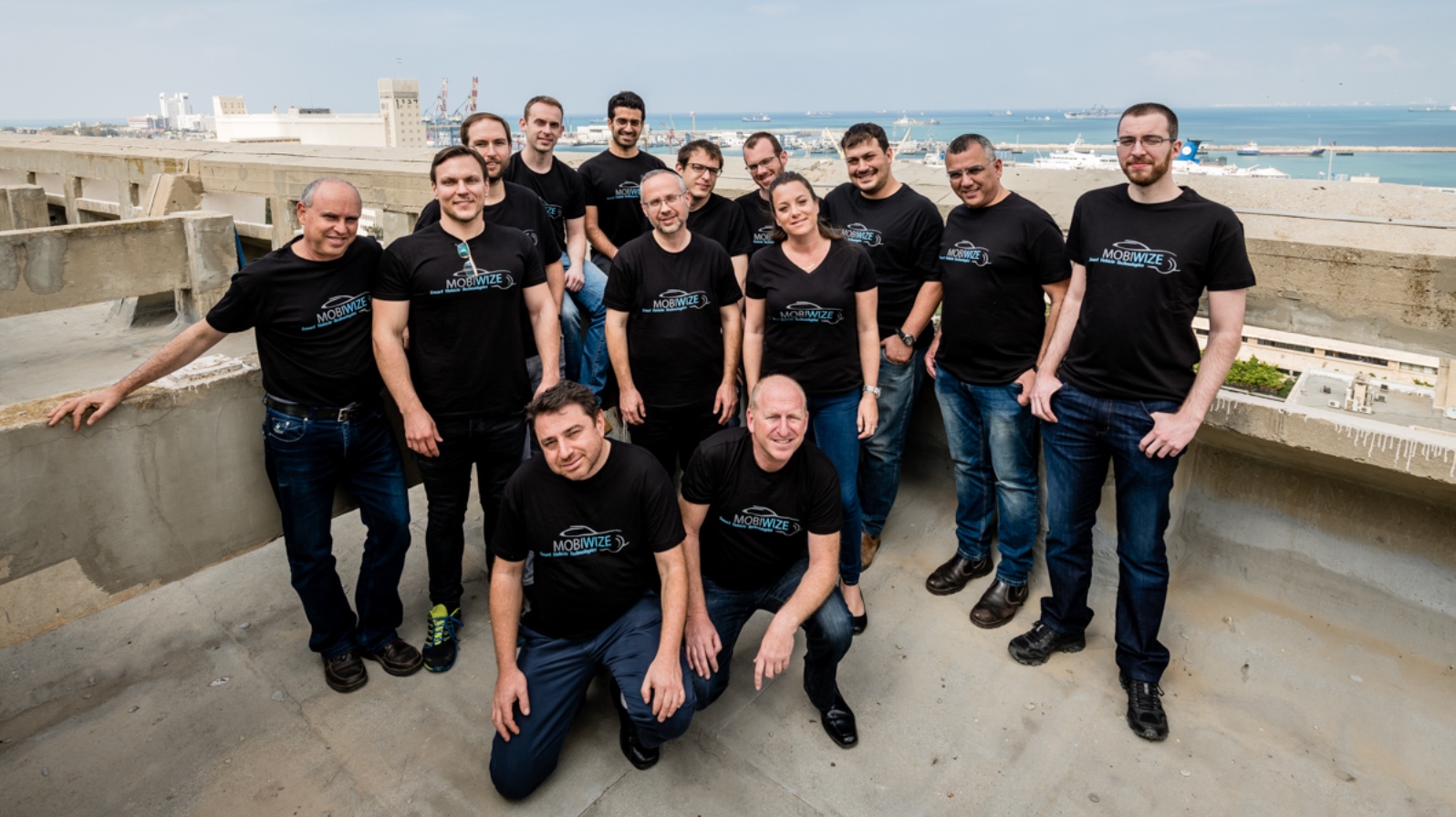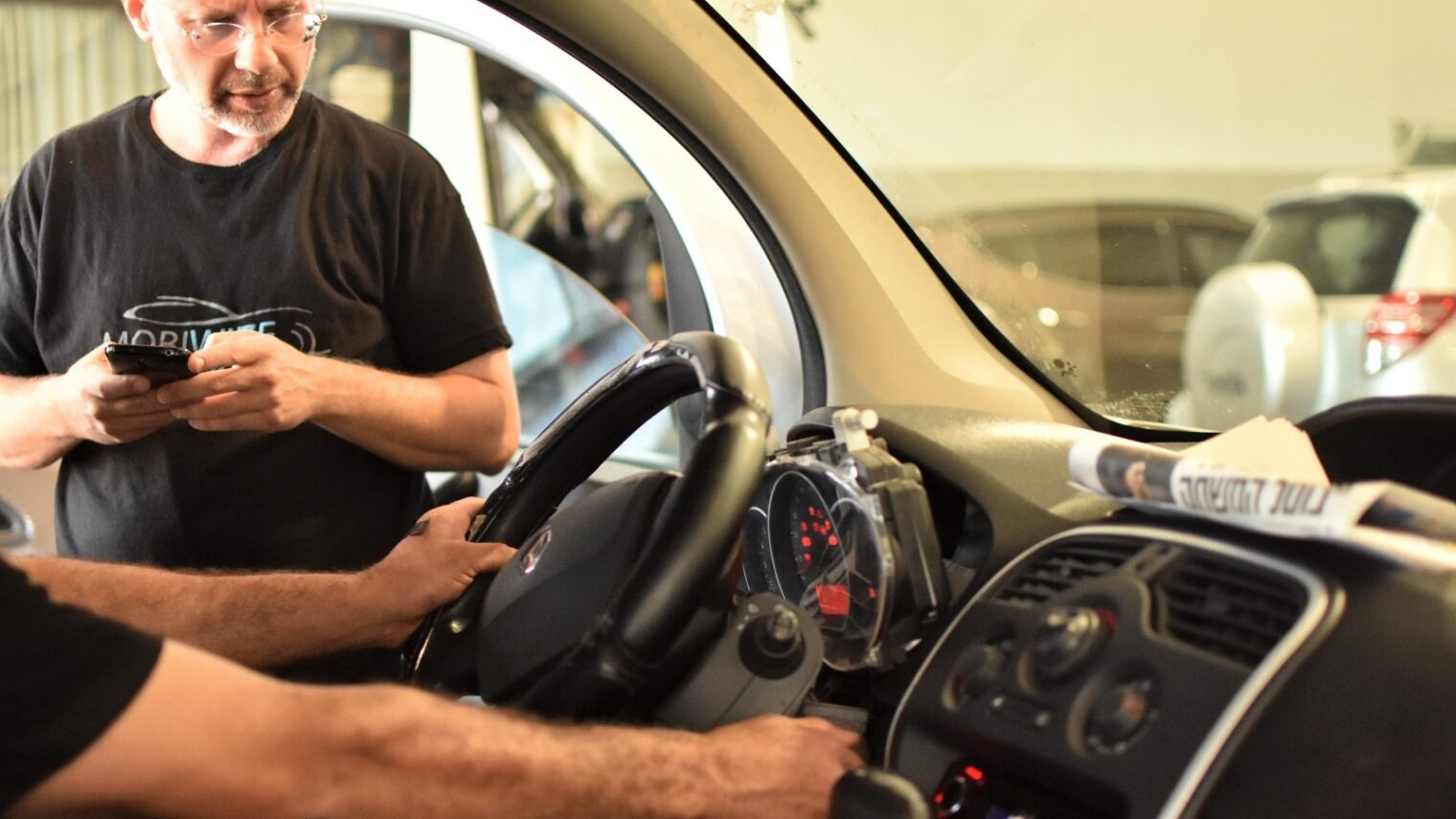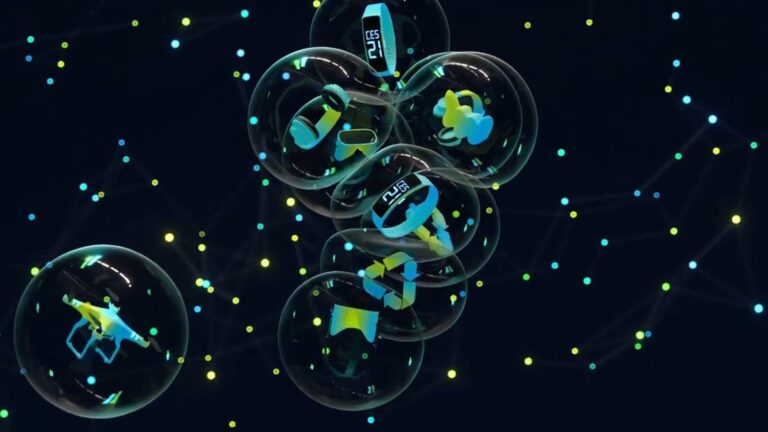The hardest maneuver for an autonomous vehicle is getting on and off a fast-moving highway. That’s why most self-driving cars “are crawling around coffee shops at 20 miles per hour,” explains Amit Nisenbaum, CEO of Tactile Mobility, a Haifa-based startup that aims to give smart cars the ability to “feel the road” the way a human driver does.
Tactile Mobility (formerly called Mobi-Wize) has raised $10 million and is working with five car manufacturers, including Ford. And a new partnership with the city of Haifa has equipped 10 municipal vehicles with Tactile Mobility’s software.
As these cars (parking-enforcement vehicles, among others) travel around Haifa doing their normal business, they’ll also be grabbing data passively on potentially hazardous road conditions and sending that data to Haifa’s road planners. The city pays Tactile Mobility “by every mile that we map,” Nisenbaum says.
Modern vehicles are as much software and sensors as they are steering wheels and brakes. Your car is already tracking how much it weighs at any given time, how tightly it’s gripping the road (including in slippery conditions), whether the car is bumping up and down as it travels over potholes and how steep a hill is.
Tactile Mobility collects all that data from a vehicle’s sensors and crunches it to create what Nisenbaum describes as “actionable insights that give the vehicle better context.”
Enabling an autonomous vehicle to feel the road will make it easier for self-driving cars to travel faster and handle those highway on- and off-ramps.
“If companies like Mobileye or Innoviz allow smart and autonomous vehicles to ‘see’ the road to make driving decisions, we augment that capability with the tactile sense,” Nisenbaum tells ISRAEL21c.

Tactile Mobility’s software can make sense in real-time of tens of thousands of data points per second from already installed sensors.
That’s still a bit down the road, so to speak. The first self-driving cars will be less automated and will require a person behind the wheel. When Tactile Mobility’s software detects, for example, that the road grip level has dropped below a certain threshold, “the autonomous vehicle’s computer will know to disengage and hand control back to the driver,” Nisenbaum says.
That happens already but only when the car is moving slowly, Nisenbaum adds. “To do it at high speed is impossible without our software.”
Nisenbaum splits his time between Israel and Silicon Valley, where he’s lived for much of the past two decades. Vehicles are in his DNA – he was an early employee and head of strategic alliances at electric car network pioneer Better Place, also headquartered in California with R&D in Israel.
Better Place never had the opportunity to take onboard Tactile Mobility’s software but chances are your current car – autonomous or not – is already feeling the road and getting ready for the next onramp.

















